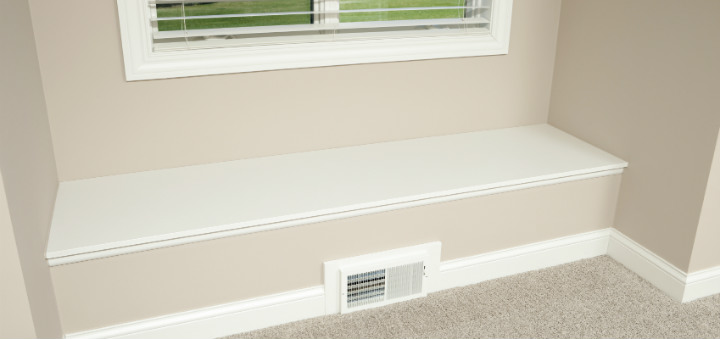
There are so many different ways that you can save on your monthly energy costs. From shopping for new energy plans to installing special light bulbs, when it comes to lowering your monthly energy bill, every little effort can add up.
However, one of the most effective, and proven solutions to lowering your monthly energy costs is to address issues with air leaks. Detecting and sealing air leaks can easily help keep your heating and cooling costs under control and your electricity bills manageable.
If you want to caulk, weather strip and seal all of the leaks and cracks in your home the first thing you need to do is to locate the openings in your property.
There are a few main areas of the home that tend to let air in and out. This includes:
- Dropped ceilings
- Plumbing and utility access
- Recessed light figures
- Basement rim joints where the foundation meets the rame
- Water and furnace flues
- Attic entrances
- Behind knee walls
- Door and window frames
- Air ducts
- Outlets and switches
Pay close attention to these area of the home and start testing for leaks. There are a few ways you can do this.
Visually inspect the area and look for holes or spaces where the sun in shining through.
On a windy day, carefully test these areas by holding a lit incense stick or a smoke pen near the openings. Pay attention to the smoke. If it travels horizontally, there is an air leak in this area.
Put a piece of paper underneath a door or window and shut it tightly. If you are able to pull the paper out of the door without dragging, then there is an air leak.
You of course, can also hire a professional to do a complete home assessment and attempt to find all of the air leaks that may be causing you to lose money. These assessments are not free and only recommended if you think there may be significant holes or leaks that you are missing.
There are a few different ways that you can go through and seal the leaks that you do find.
– Windows: Use caulk and weatherstripping materials to seal air leaks. Cover your single-pane windows with storm windows or consider replacing them entirely.
– Doors: Doors can be sealed with caulk or weather stripping materials.
– Holes: Openings and holes for plumbing, ducts and electric wiring can be caulked. These opening typically appear in floors, walls, ceilings or around cabinetry.
– Outlets: Outlets and switch plates that are leaking air can be sealed if you simply install foam gaskets behind the holes.
– Large Baseboard Gaps: Fill these areas around the floor and door and window opening with foam sealant.
– Furnaces and Water Heater Vents: These products need to be sealed with fires-resistant materials. This includes products such as cement caulk, sheetrock or sheet metal.
You may be losing money year round on air leaks. When your home is not properly sealed, both heating and cooling costs can skyrocket as your property attempts to regulate the temperatures inside your home. According to the US Department of Energy, taking the time to reduce leaks and drafts in the home can save homeowners anywhere from 5 to 30 percent per year in energy costs.
The U.S. Department of Energy estimates that the average homeowner spends around $2,200 per year cooling and heating their homes. A 30 percent decrease in that amount can mean a savings of hundreds of dollars per year.
If you feel as though you are spending more than necessary on your home energy bills, your heating and cooling costs may be to blame. By taking the time to locate leaks within the home and properly sealing and caulking those leaks, you can start seeing instant savings on your monthly electricity bills and enjoying more money in your pocket.


